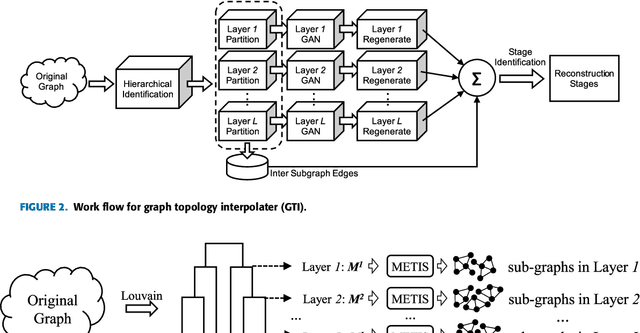Lingli Chen
DHGS: Decoupled Hybrid Gaussian Splatting for Driving Scene
Jul 29, 2024



Abstract:Existing Gaussian splatting methods often fall short in achieving satisfactory novel view synthesis in driving scenes, primarily due to the absence of crafty design and geometric constraints for the involved elements. This paper introduces a novel neural rendering method termed Decoupled Hybrid Gaussian Splatting (DHGS), targeting at promoting the rendering quality of novel view synthesis for static driving scenes. The novelty of this work lies in the decoupled and hybrid pixel-level blender for road and non-road layers, without the conventional unified differentiable rendering logic for the entire scene, while still maintaining consistent and continuous superimposition through the proposed depth-ordered hybrid rendering strategy. Additionally, an implicit road representation comprised of a Signed Distance Field (SDF) is trained to supervise the road surface with subtle geometric attributes. Accompanied by the use of auxiliary transmittance loss and consistency loss, novel images with imperceptible boundary and elevated fidelity are ultimately obtained. Substantial experiments on the Waymo dataset prove that DHGS outperforms the state-of-the-art methods. The project page where more video evidences are given is: https://ironbrotherstyle.github.io/dhgs_web.
Learning Graph Topological Features via GAN
Sep 13, 2017



Abstract:Inspired by the generation power of generative adversarial networks (GANs) in image domains, we introduce a novel hierarchical architecture for learning characteristic topological features from a single arbitrary input graph via GANs. The hierarchical architecture consisting of multiple GANs preserves both local and global topological features and automatically partitions the input graph into representative stages for feature learning. The stages facilitate reconstruction and can be used as indicators of the importance of the associated topological structures. Experiments show that our method produces subgraphs retaining a wide range of topological features, even in early reconstruction stages (unlike a single GAN, which cannot easily identify such features, let alone reconstruct the original graph). This paper is firstline research on combining the use of GANs and graph topological analysis.
 Add to Chrome
Add to Chrome Add to Firefox
Add to Firefox Add to Edge
Add to Edge